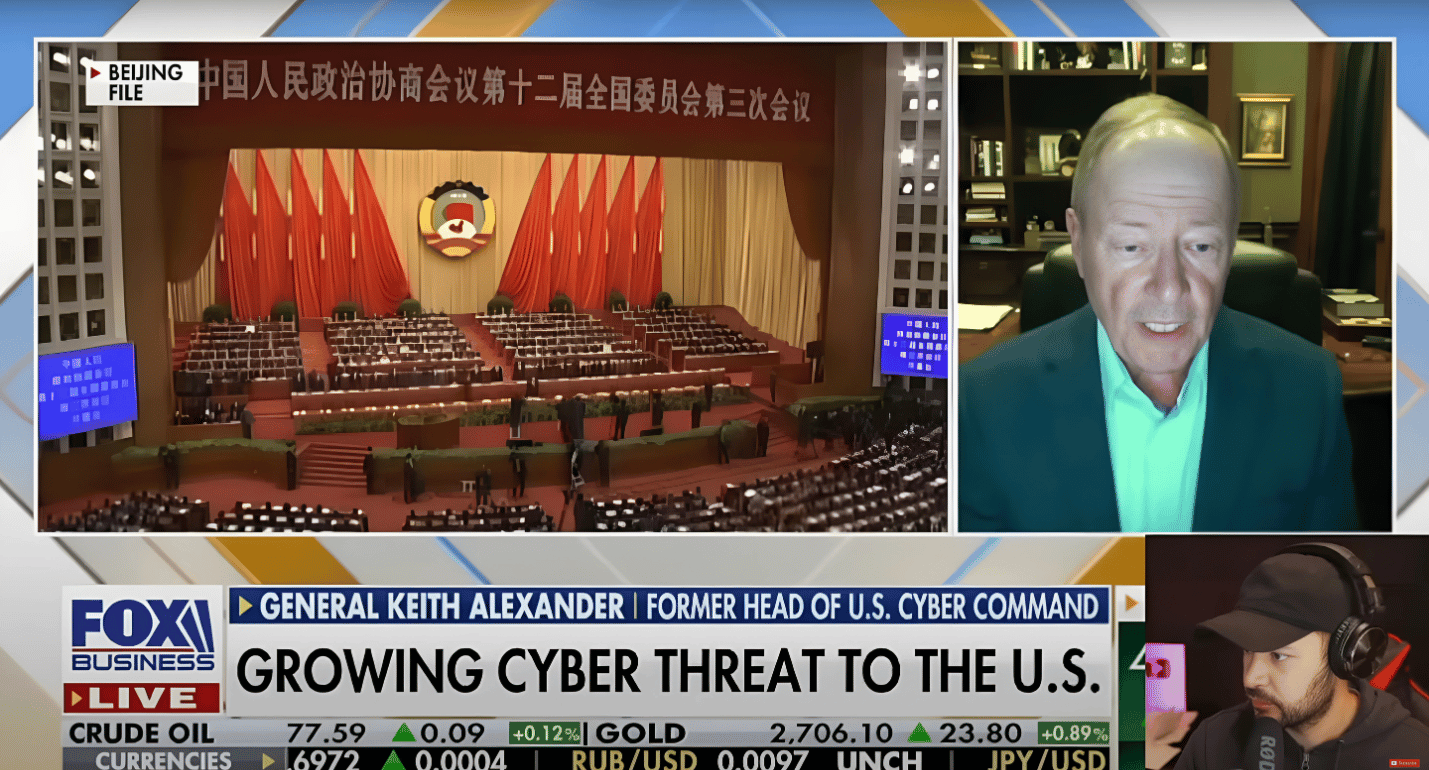In an urgent operation spanning months, the Department of Justice (DOJ) and the Federal Bureau of Investigation (FBI) have announced the successful removal of Chinese malware infecting thousands of computers across the United States. This revelation comes amid mounting tensions with China and renewed warnings about the nation’s extensive cyber capabilities, including its potential for sabotaging critical U.S. infrastructure.
Unmasking the Threat: PlugX Malware
The malware, known as PlugX, has been traced to Mustang Panda, a China-backed hacking group with ties to the Chinese government. This malware has been active for years, infiltrating devices worldwide to steal sensitive information and maintain access to critical systems.
According to the FBI, Mustang Panda has compromised over 4,200 U.S.-based computers and networks, including government systems and critical infrastructure sectors such as water treatment plants, energy grids, and transportation systems. The malware allows hackers to operate in stealth mode, lying dormant within these networks until triggered.
“The recklessness and aggressiveness of these state-sponsored attacks demonstrate the seriousness of the threat,” said FBI Director Christopher Wray. “This operation underscores our commitment to protect U.S. infrastructure from malicious cyber activities.”
A Coordinated Global Effort
The crackdown on PlugX was a collaborative international effort involving the FBI, DOJ, French law enforcement, and private cybersecurity firms. The operation used court-authorized measures to remotely delete the malware from infected devices, minimizing its ability to cause further harm.
“This operation exemplifies the importance of strong partnerships in countering global cyber threats,” said Assistant Attorney General Matthew Olsen. “We must proactively disrupt these threats to protect U.S. victims and infrastructure.”
China’s Broader Cyber Strategy
Experts warn that this malware operation is part of a larger pattern. China’s hacking efforts, which include groups like Volt Typhoon and Flax Typhoon, are not just aimed at data theft but are also designed to prepare for future conflicts. By embedding malware in critical systems, China appears to be laying the groundwork for potential sabotage in the event of geopolitical escalation, particularly concerning Taiwan.
The U.S. government has reported similar malware infections targeting other strategic locations, such as Guam, a key military outpost in the Pacific. Security analysts describe these actions as part of China’s strategy to disrupt U.S. defense capabilities during a potential invasion of Taiwan.
The FBI’s Final Warning
In his final days as FBI Director, Christopher Wray issued a stark warning about China’s escalating cyber activities. Calling China the “defining threat of our generation,” Wray emphasized that the nation’s cyber program is larger than all other major powers combined, having stolen more personal and corporate data from the U.S. than any other country.
“The Chinese government has pre-positioned itself to inflict real-world harm on U.S. systems, at a time and place of their choosing,” Wray said. “We must act now to strengthen our defenses.”
What’s Next for U.S. Cybersecurity?
President-elect Donald Trump’s incoming administration has pledged to take a stronger stance on cybersecurity, with plans to increase offensive cyber capabilities and streamline federal defenses. Trump’s appointee for Secretary of Defense, Pete Hegseth, has already highlighted the need for urgent reforms to address these threats.
However, experts agree that more comprehensive action is needed to counter China’s growing influence. This includes:
- Increased Collaboration: Enhanced partnerships between government agencies, private companies, and international allies.
- Public Awareness: Educating citizens on cybersecurity best practices, such as updating software and using antivirus tools.
- Offensive Capabilities: Developing stronger cyber retaliation measures to deter state-sponsored attacks.
Preparing for the Future
As tensions with China rise, the U.S. must remain vigilant in defending its digital and physical infrastructure. The PlugX operation is a significant victory, but it is also a reminder of the scale and complexity of the cyber battlefield.
For now, individuals and organizations should stay informed and prepared, taking proactive measures to protect their systems from potential threats. As the world’s geopolitical landscape evolves, cybersecurity will remain a critical element of national defense.
